The Mythical Valley of "HAR KI DUN"
6 NIGHTS/7 DAYS
3749 Meters
Moderate
57 KM
July-Nov, April- June
20
Often known as the Valley of Gods, Har ki Dun is a journey to a mystical civilization deep inside the Govind Panshu National Park. This valley lies on the outskirts of Uttarakhand state and shares a border with the Baspa Valley of Kinnaur District, Himachal Pradesh.
Har ki Dun is a quite popular attraction among most of the trekking community. The valley was known to the outside world when a Britisher named Jack Gibson, who was a teacher at Doon School, explored this place and shared his experience with other adventurers in his community. Lesser known is the fact that one of the first mountaineers to ascend the world’s highest peak, Mount Everest, Tenzing Norgay, climbed Bandarpunch in this region as part of the Jack Gibson Team. Jack Gibson was very fond of this valley; a memorable span of his life was spent here enriching the local culture and educating young people about mountaineering.
The trek presents a beautiful landscape of thousand-year-old villages, rumbling waterfalls, a proximate view of snow-capped Himalayan peaks, and a diversity of prosperous flora and fauna in the valley. We cross thousand-year-old villages like Gangad and Osla, which are still out of connection with the outer world. Osla is the last village and a key attraction for most trekkers in the valley, due to its scenic location. Every village in the Valley has a wooden temple dedicated to Lord Someshwara. Locals have a strong belief in Lord Someshwara. Many myths state that the Lord Someshwara temple is dedicated to Duryodhana, and others believe it is devoted to Lord Shiva. Some of the prominent Himalayan peaks like Black Peak, Bandarpoonch, Har ki Dun Peak, Swargarohini, and Hata Peak can be glimpsed from this trek.

Pantwari

Dehradun Railway Station

Dehradun

Jolly Grant Airport

(Summers-25° Max/ 10° Min) (Winters-18° Max/ -5° Min

Sketchy Networks of BSNL, Jio, Idea and Vodafone are available during the trek.

Pantwari is the last point that has electricity. Note: Most of the electricity is extremely intermittent and can be absent for most part of the day during winter/late summer (when monsoon starts to set in)

Nainbagh, on the way to Pantwari has last ATM. Note: Most of time ATM in hilly regions are not functioning.
The journey begins early morning from Dehradun Railway Station. It takes around 3-4 hours to reach Pantwari village, which covers a total distance of 95 km. The drive is along Dehradun City and passes through local attractions like the clock tower, Rajpur Road, Dehradun Zoo, and the most scenic hill station “Mussoorie”.
If you have heard that Mussoorie is known as the “Queen of Hills” then it is just an introduction but apart from this “Mussoorie” has many hidden gems in the outskirts of the region such as Dalai Hills, Bhadraj Temple, Binog bird century and so on many more. After some time, the drive starts along the Yamuna River. Meanwhile, you can spot a local river Badrigaad which is also known as Aalgaad, merging into the Yamuna River. Pantwari village is the base camp of Nag Tibba trek and a small hamlet located in the Tehri district of Uttarakhand. There are many trails to reach Nag Tibba but the most used one is from Pantwari. We have to trek for 5-6 hours to reach Kathian campsite, which is 5 Km from Pantwari village. The trail has a lot of natural water sources, you can refill your water bottles at any of these spots. From the first water source, the trail is steep till we reach “THE GOAT VILLAGE”. It is a conceptually created idea to promote local business and resolve the migration problems in village areas. The trail is rather straight around the Goat village.
A little ahead of the Forest Checkpost, the trail turns to a steep ascent and a zigzag section. There are certain changes in the vegetation of the area. You cross Rhododendrons and silver oak trees on your way to Kathian. Locally, Rhododendron is also known as Burans, this tree shows a display of bright red flowers that bloom in the month of late March to April. Burans is also known as the state tree of Uttarakhand. In Himalayan regions, each part of Burans is used for different uses, The flower has been used in juices and chutneys since ancient times.
Finally, as we reach Kathian, tents can be seen pitched in a small open clearing. Camping on this ground is the highlight of this trek. This campsite is a paradise for the shutterbugs and is known for its mesmerizing sunset views.
In the spring season, one can spot many anemones and Irrigon flowers around the campsite area. At night have your dinner under the billion stars filled in the wide spreadsheet of the sky.
A morning call is given by our respective team leaders to wake you up and prepare for the final climb. After breakfast, we start the trek from the Kathian campsite to the Nag Tibba summit. The summit climb is around 3 hours away from our campsite, so all you need to carry is a water bottle in your Day bag for today’s journey. The trail does not have a water source nearby, so to be on a safer side carry an adequate amount of water to keep you hydrated. The trail continues through a dense silver oak and rhododendron forest cover.
During the crossover through the jungle trail, you can listen to the melodious chirps of birds that include Himalayan Greenfinch, flameback woodpecker, Red-vented bulbul, and many more. These birds are usually found in distinct parts of the Garhwal Himalayas. Blessed are the ones who get an opportunity to spot these birds. After 20-30 minutes, the forested path opens up to a clearing area which is often used as a grazing ground for cattle. Two government guesthouses can also be seen in this field which have been unoccupied for a long time.
This place also has a few temporary wooden shelters constructed by the Gujars. During the spring season, when the snow melts and the lush grasslands grow. The Gujar tribe migrates from various parts of Dehradun along with their families and cattle and makes a home in this delightful place for the next few months. This pasture land is a heaven for all the cattle as their routine is to just graze around for the whole day. The trail from here divides into two, one to Nag Devta Temple and another to the Nag Tibba Summit. Nag Devta Temple is just a few minutes away. This small temple is situated in the middle of the dense forest. There is no priest present in the temple, fewer times locals visit the temple to seek the blessing of Nag Devta.
Another trail which is not visible gradually ascends to Nag Tibba summit. The Nag Tibba top is an hour away from this point. With an uphill stretch, we trek around the dense jungle trail again. By the time we reach the summit, a jhandi on the top can be seen which is mostly offered with religious offerings.
The tibba puts forth a face-to-face view of the snow-capped Gharwal Himalayan peaks like Bandapunch, Gangotri, Kedarnath, Black Peak, Kedarkantha, and many more. If the journey runs according to the schedule, we spend some time surveying the Himalayan peaks in a proper sequence. Finally, as we descend back to our campsites and hot lunch will be served upon your arrival. It takes an hour to reach back to Khatian from the Nag Tibba top. After reaching Kathain, all trekkers will have lunch and then head down to Pantwari. We reach Pantwari by evening and from there drive for Dehradun with a heartful of memories.
Basics Gears
Clothes
Accessories
Others
Mandatory Documents
Cancellation Policy
Refund Policy
The following refund shall be payable to the user in case of valid cancellation as per the guidelines
Note: The above-mentioned refunds are subjected to deductions for any expenses that may have been incurred for hotel booking or
transport etc. Refunds are applicable on the total cost and not on the advance amount.
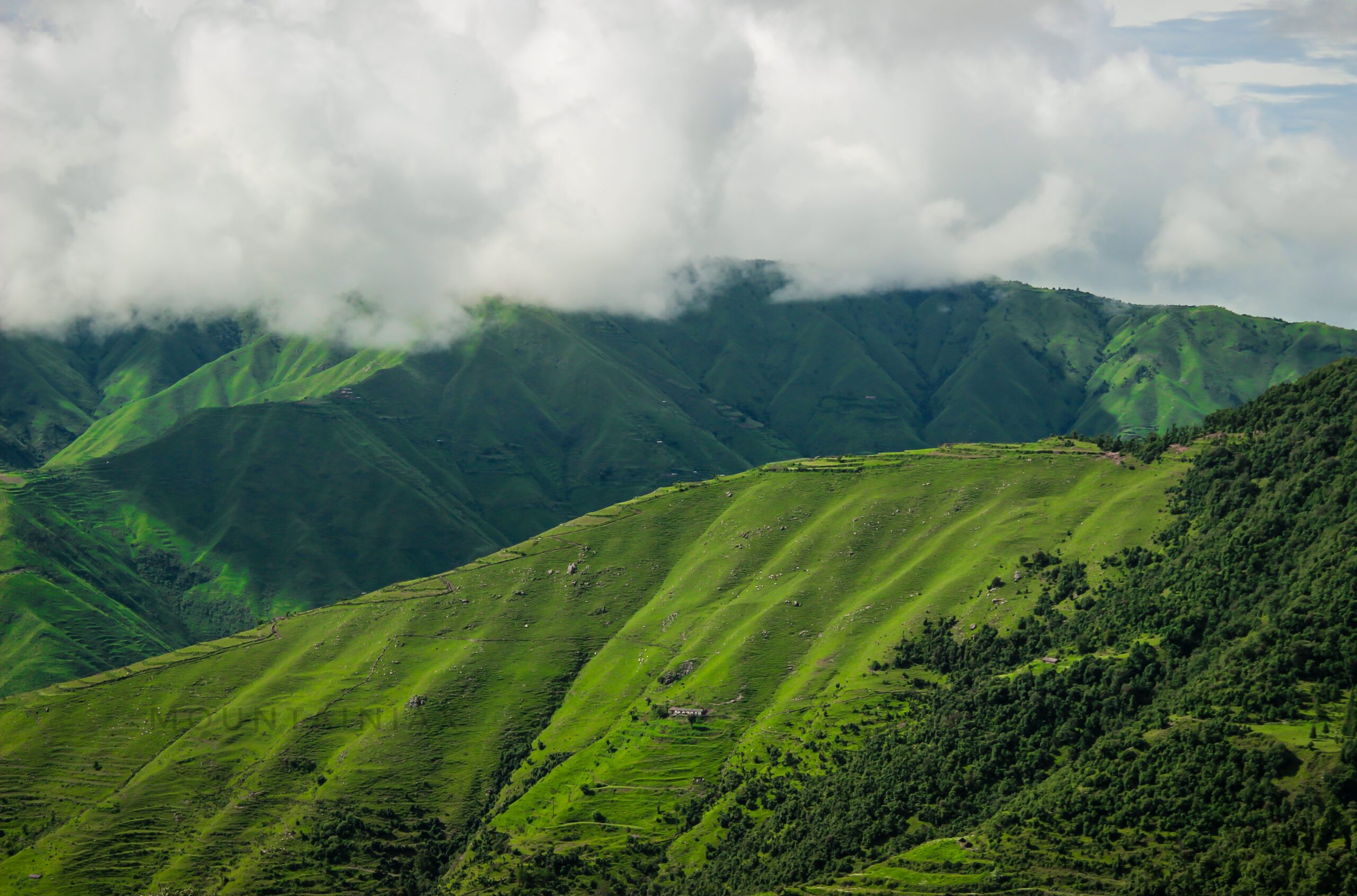
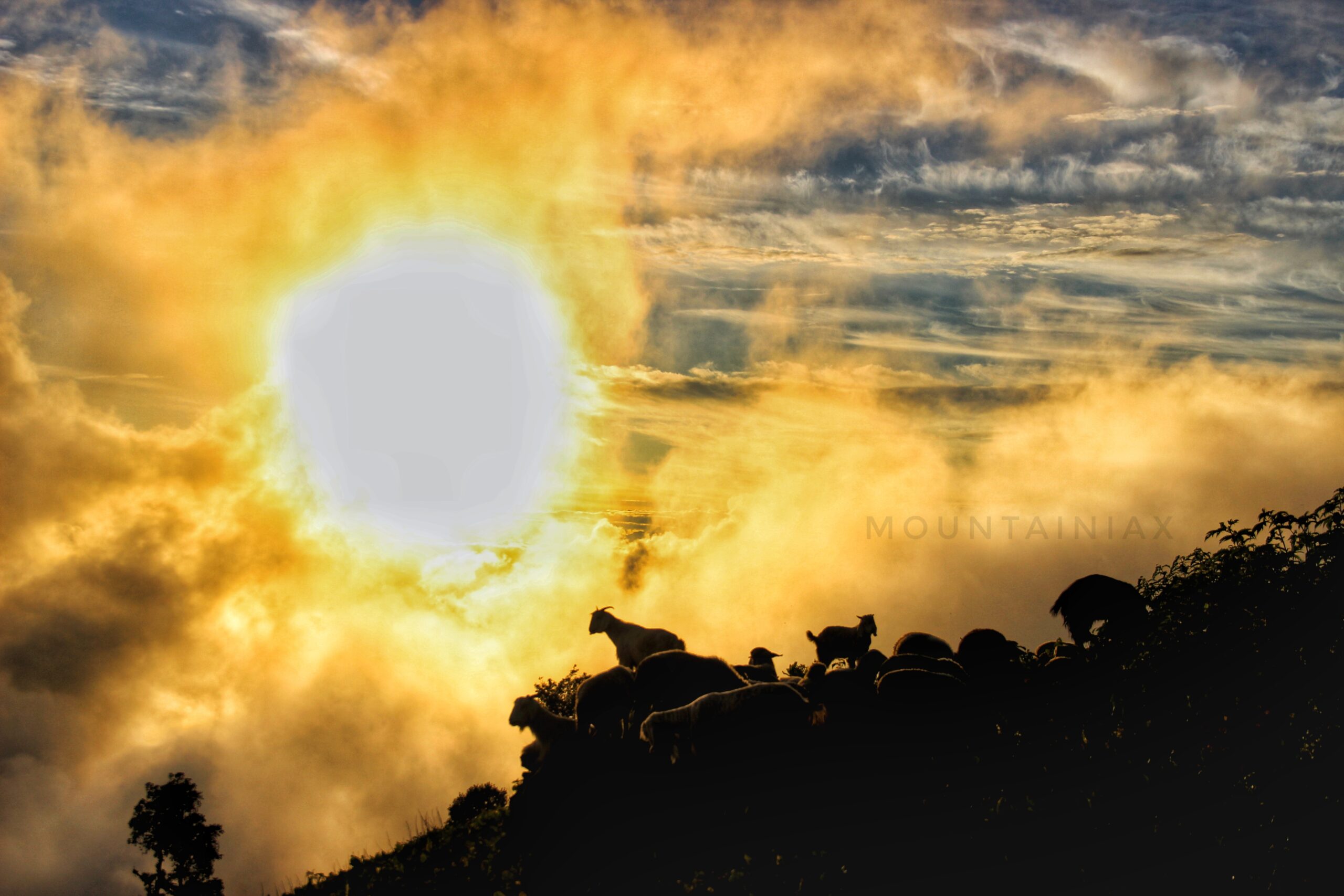
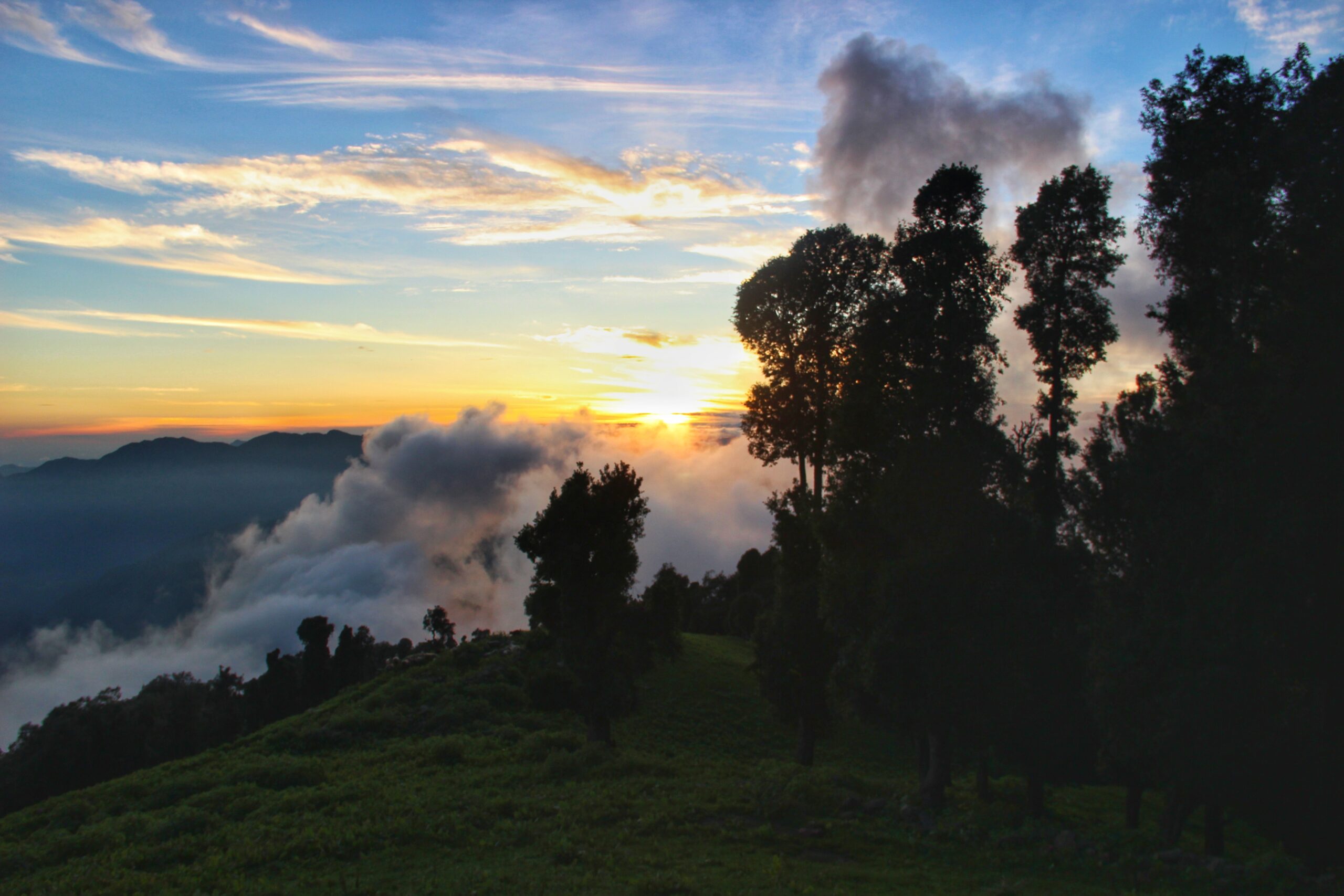
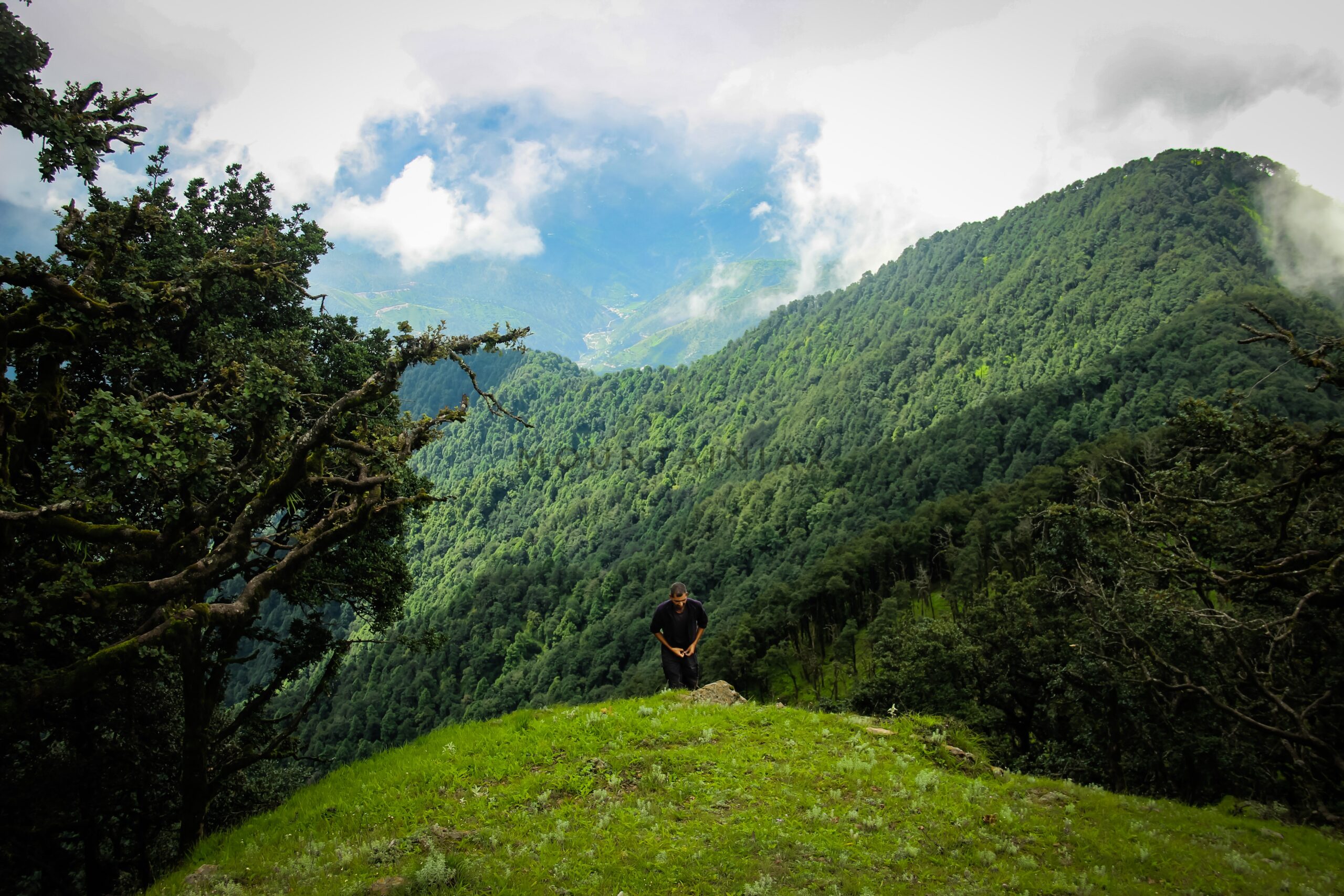
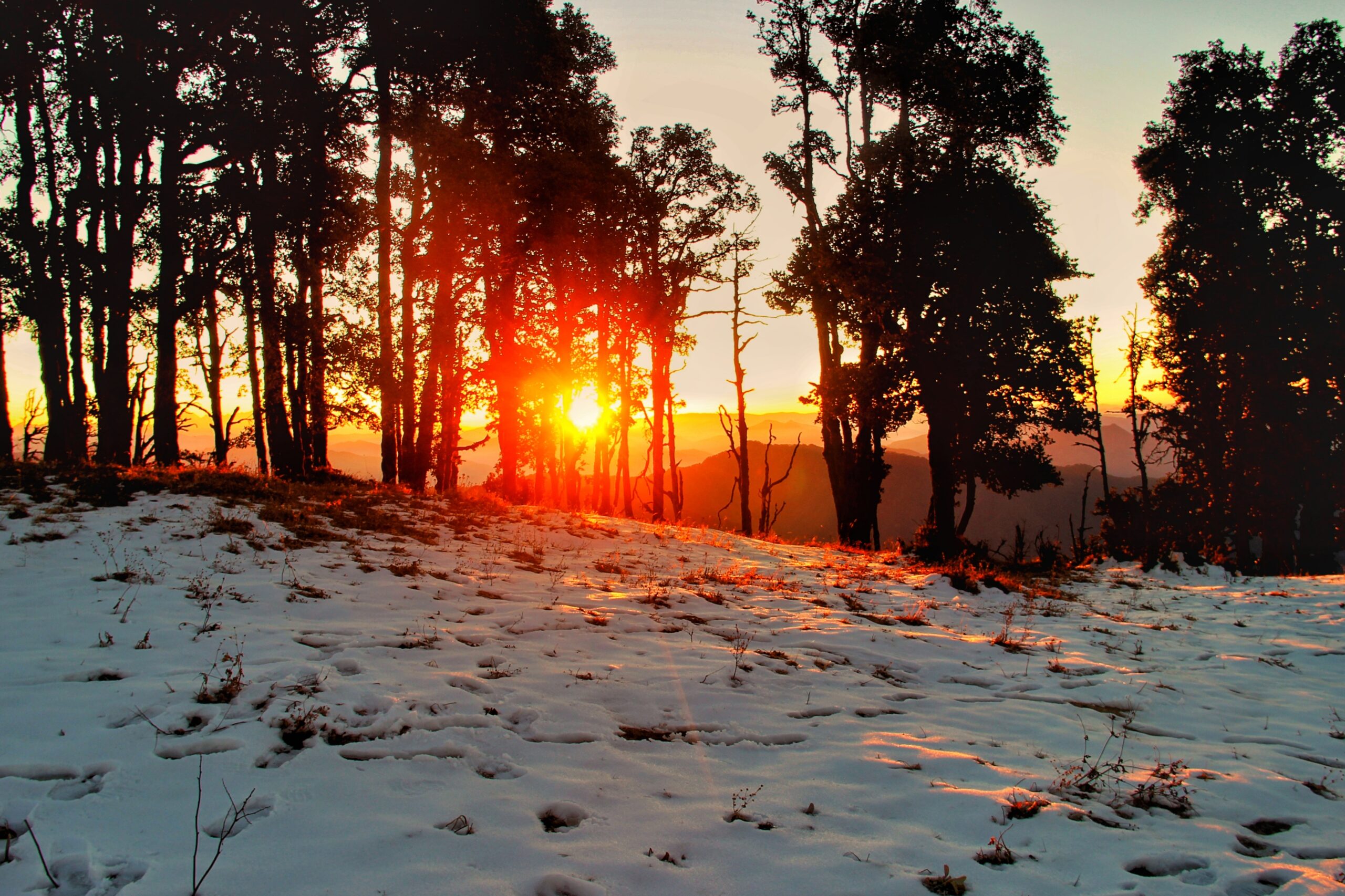
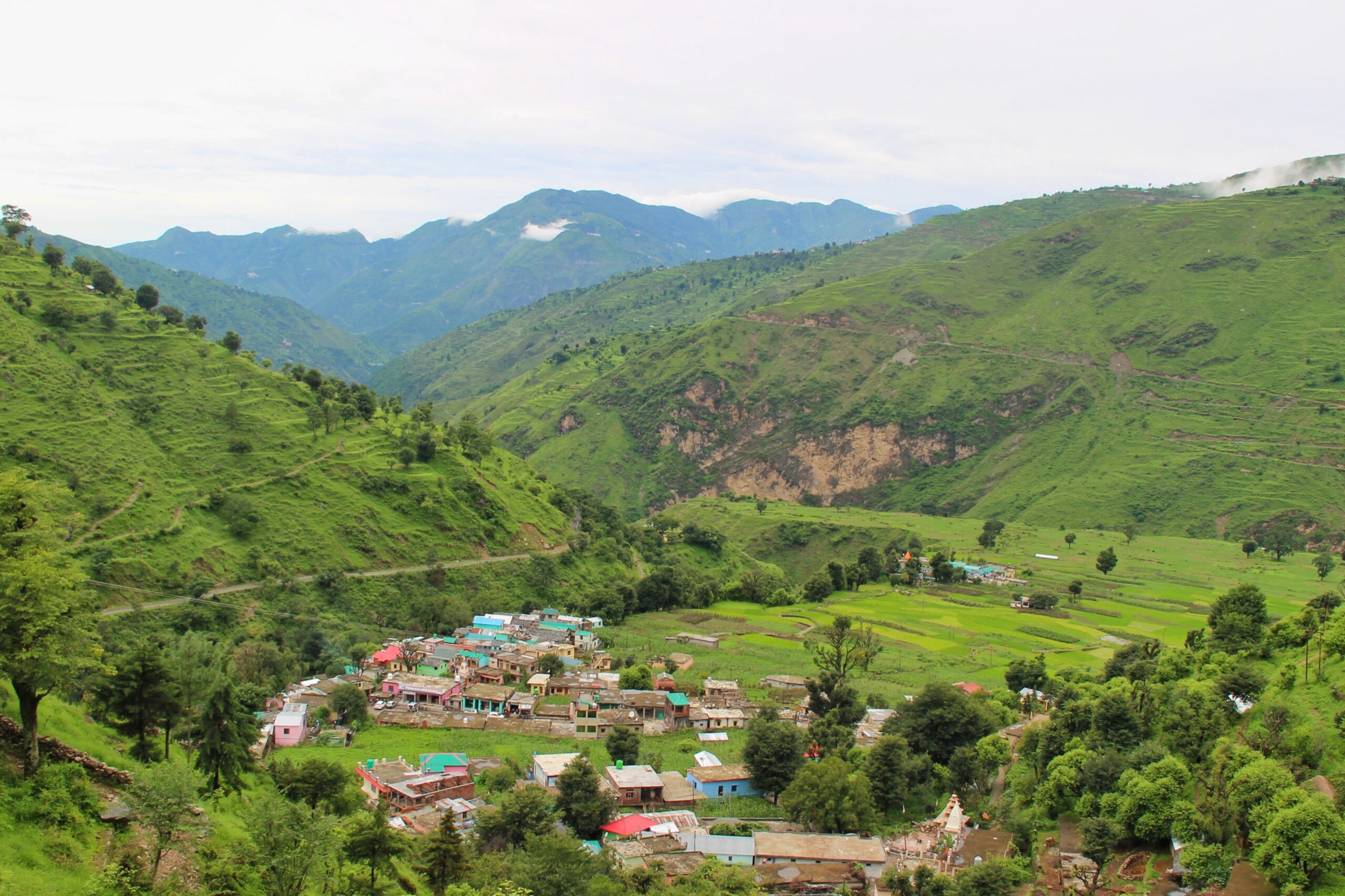
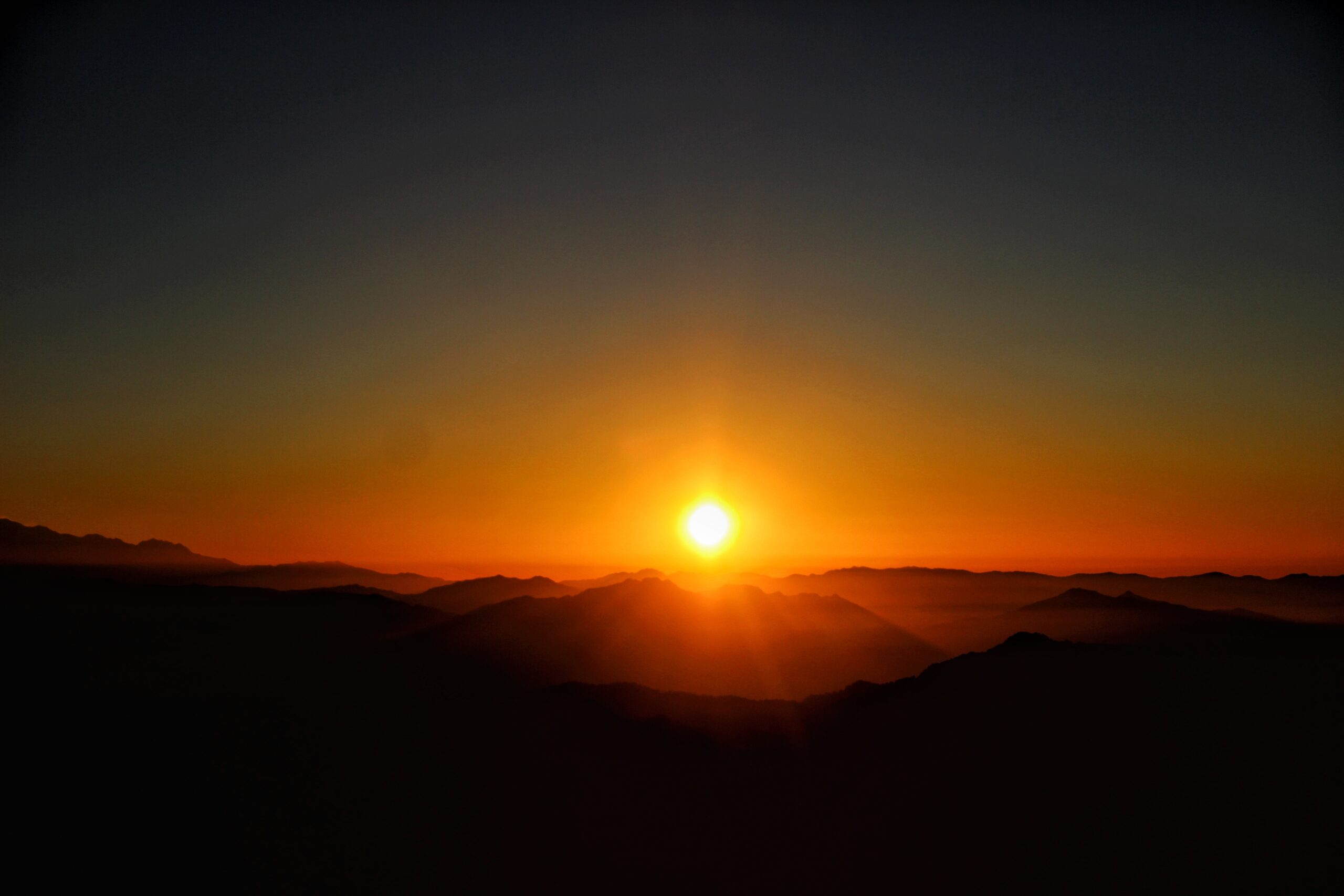

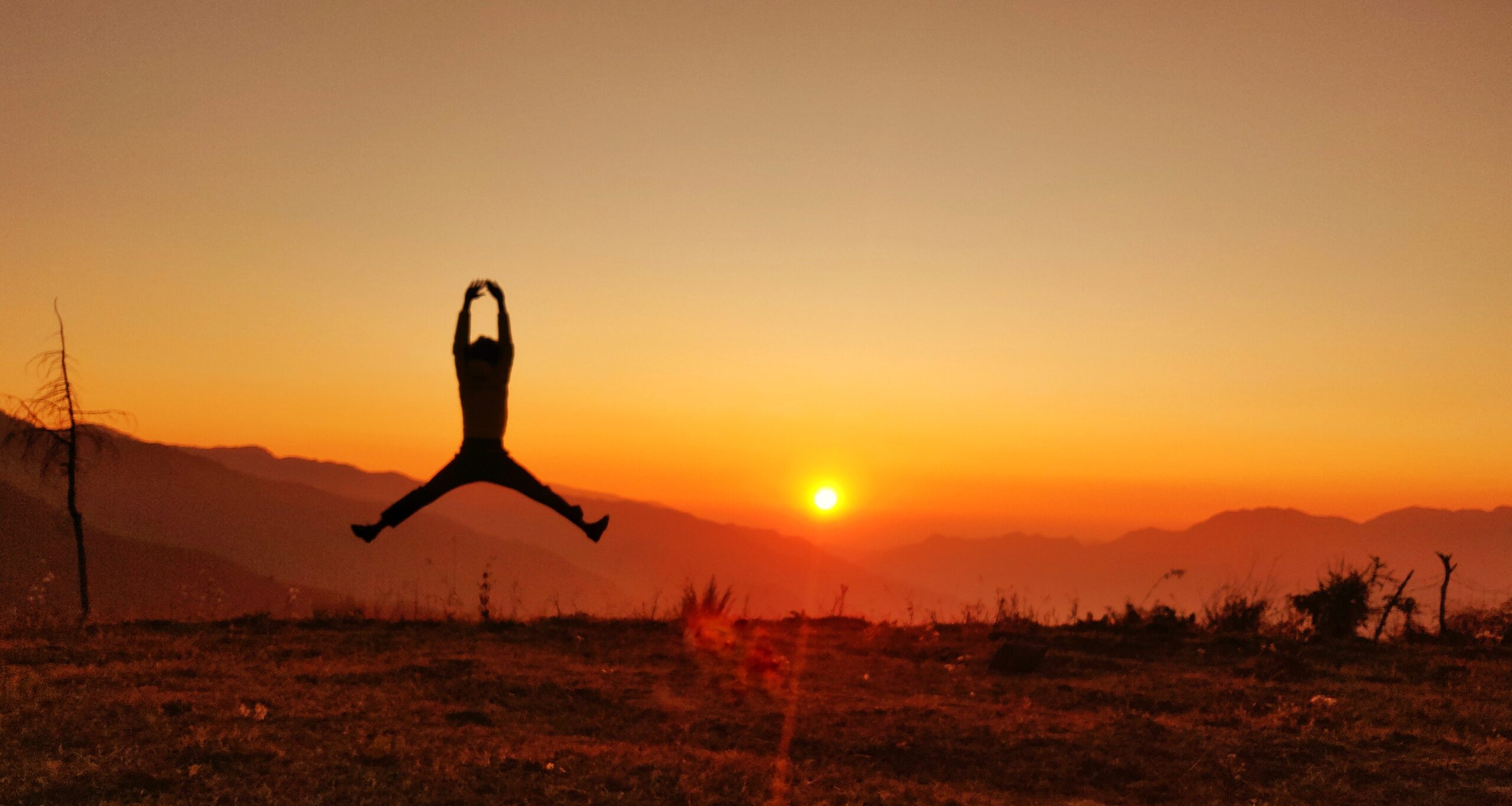
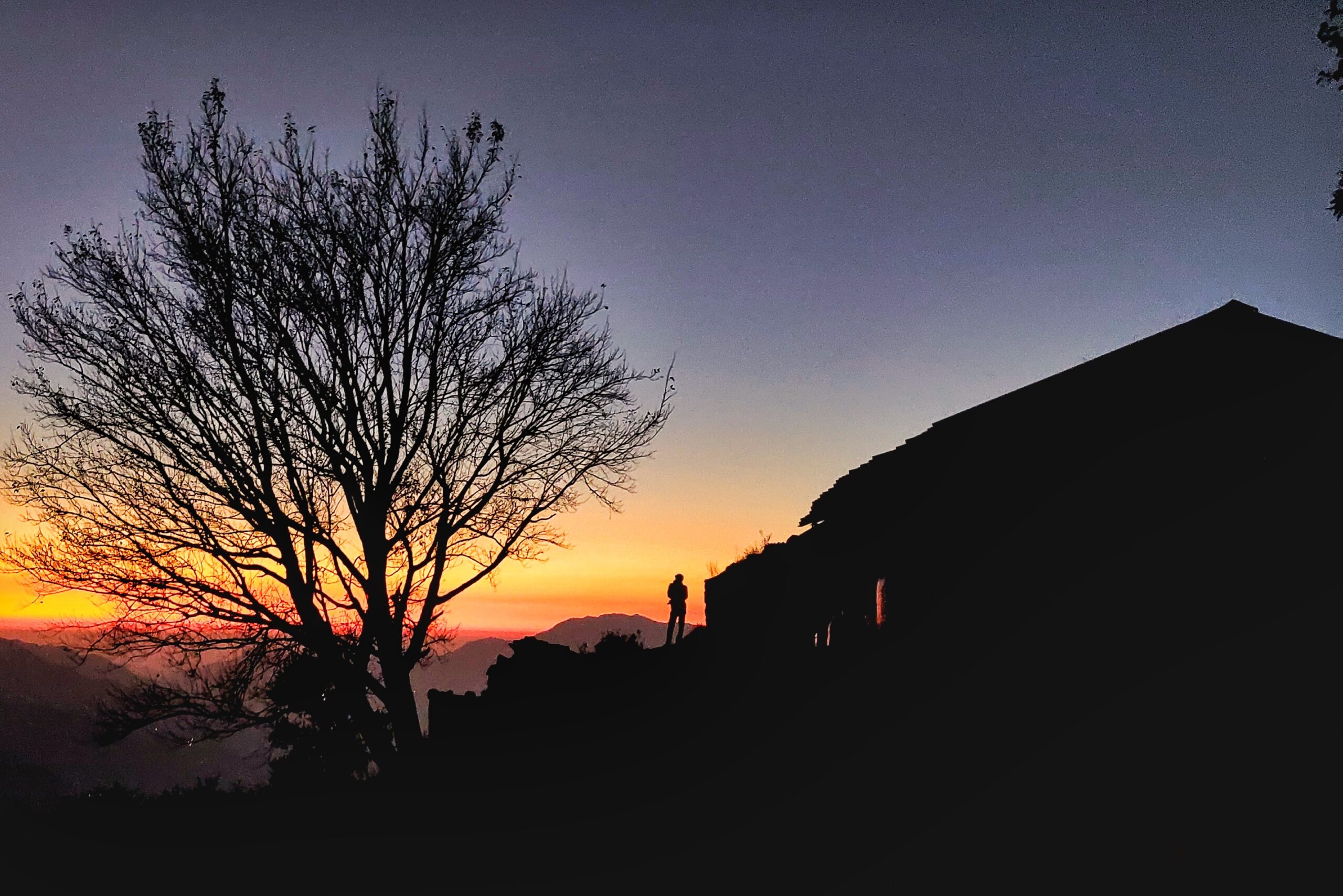
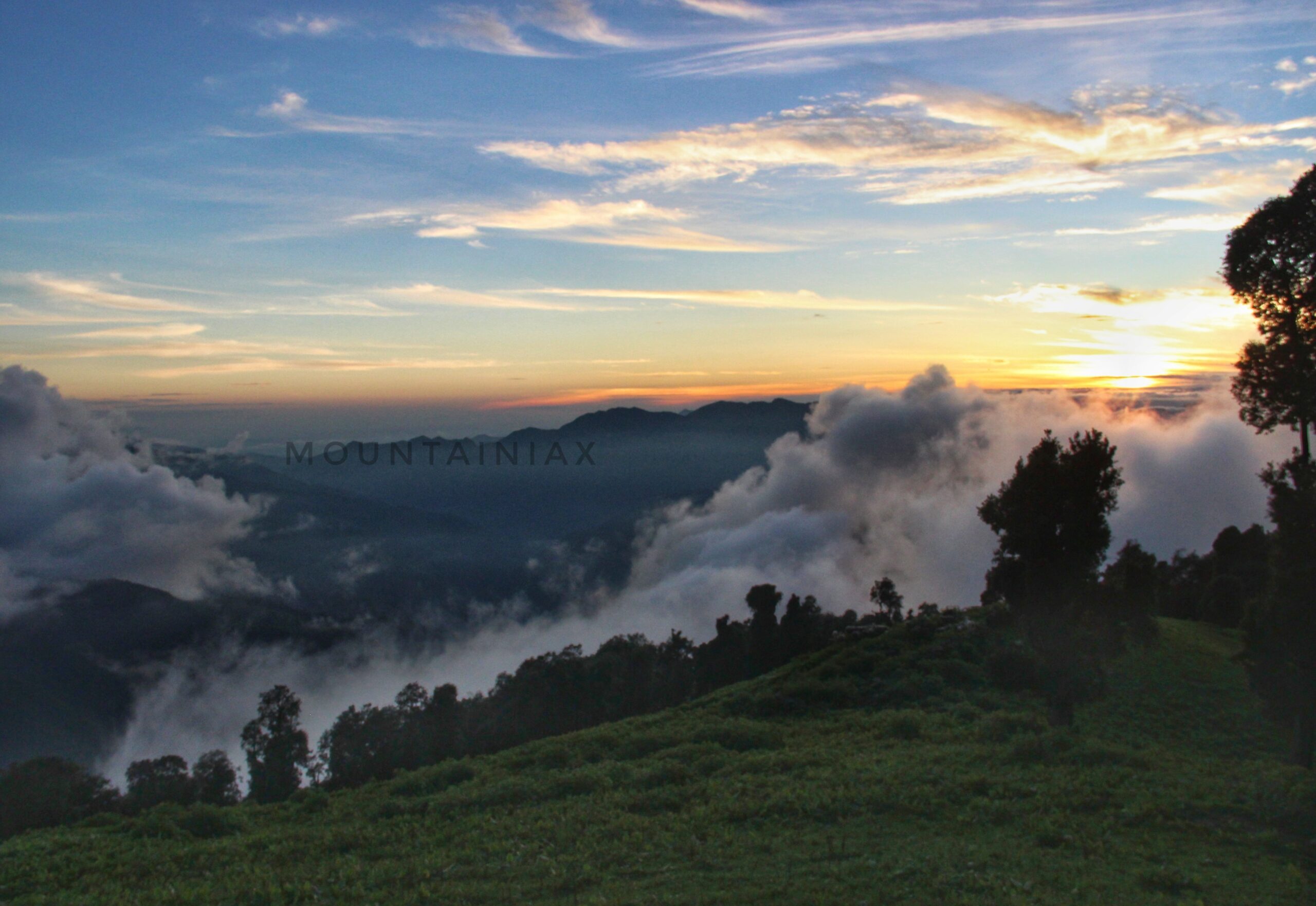
Is Nag Tibba considered a beginner’s trek?
Nag Tibba is a short and beginner-friendly trek, perfect for those new to Himalayan adventures. It offers a glimpse of high-altitude trekking without the challenges of more demanding trails.
Is it safe to undertake the Nag Tibba trek alone?
Nag Tibba is one of the safest treks in Uttarakhand, with a well-marked trail and frequent trekkers, especially in peak season.
How difficult is the Nag Tibba trek?
It is an easy to moderate trek, with a gradual ascent. The final climb to the summit is a bit steep but manageable.
Do I need a guide for the Nag Tibba trek?
The trail is well-marked, allowing experienced trekkers to do it solo. However, hiring a local guide can enhance the experience, especially for first-timers. A DIY trek is also an option for Nag Tibba.
Are there any risks or challenges?
Nag Tibba is a safe trek, but in winter, snow can make the final ascent challenging. Proper gear and warm clothing are recommended
What is age Suitability for Nag Tibba Trek ?
The trek suits ages 8 to 65, but good fitness is essential. Those with medical conditions should consult a doctor.
Are mobile Network Available during Nag Tibba Trek
Pantwari has good Jio and BSNL coverage, but signals weaken along the trail. Most networks work at the summit.
Is trekking to Nag Tibba safe in Monsoon ?
The trek is open year-round, but July to September sees heavy rainfall, making trails slippery. Check weather updates and consult local guides before planning a monsoon trek.
Are there any animals on the Nag Tibba trail?
Nag Tibba’s forests host diverse wildlife, though sightings are rare. Stay alert, avoid disturbing animals, and follow trek leader guidelines for safety.
Is it safe to trek in monsoon?
Nag Tibba Trek in monsoon is risky due to slippery trails, landslides, and leeches. However, the lush greenery makes it a paradise for nature lovers. If trekking, check the weather, wear waterproof gear, and go with a guide.
What kind of accommodation is available?
Tent accommodations are the primary option during Nag Tibba trek.
Is the Nag Tibba Trek safe for solo travelers?
Yes, it is safe for solo travelers, but it is advisable to join a group or hire a guide for better safety and navigation.


Our goal is to encourage sustainable tourism in offbeat destinations of the Himalayas. We want more people to get out of the main trekking hubs & experience themselves and the planet on a new more meaningful level.
All Content & Photos Copyrighted by Mountainiax © 2025